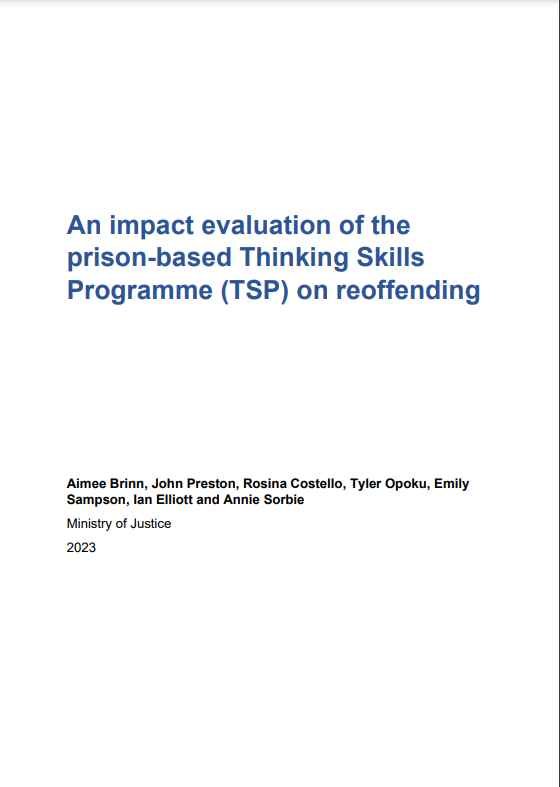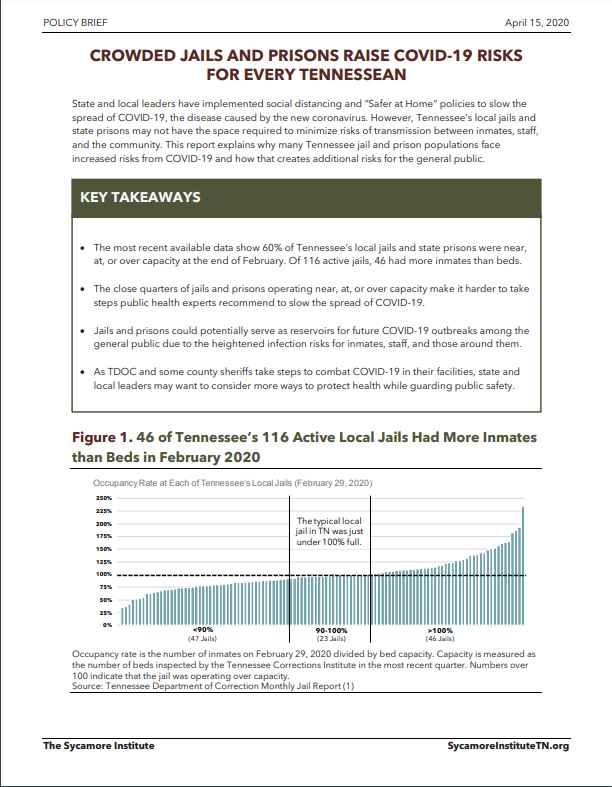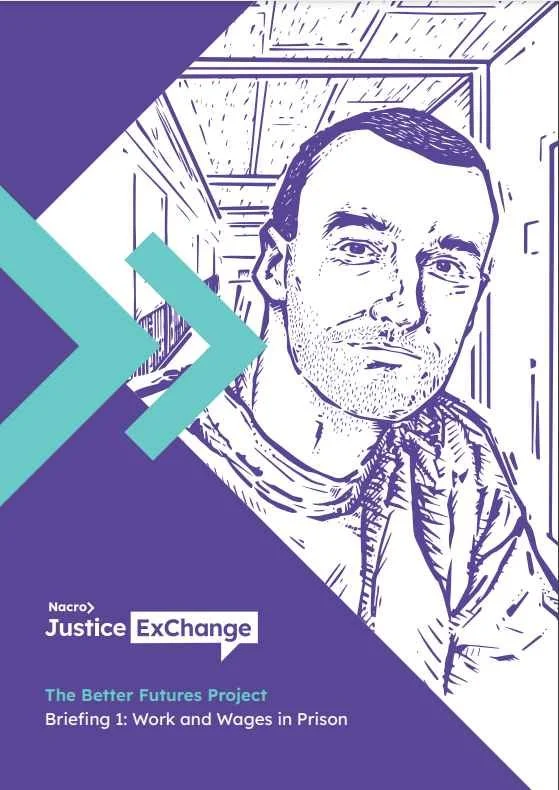By Michael F. TenEyck, Sarah A. El Sayed, Clay M. Driscoll and Krysta N. Knox
Racial inequality in arrest is a social problem that has challenged the United States for as long as police records have been kept. Prior work documents the extent of the disparity and observational studies have attempted to sort out the mechanisms that explain why the disparity exists. Building on the “constructivist” perspective of race, the current study draws on data from the National Longitudinal Study of Adolescent to Adult Health (Add Health) to assess the degree to which race and skin color explain the observed racial disparity in criminal justice contact and arrest. Results revealed that controlling for criminal behavior and a host of covariates, neither race nor skin color increased the likelihood of police contact. Race, however, was predictive of an increase in the odds of arrest—with Black respondents being 92% more likely to experience arrest than White respondents—and this relationship remained controlling for the effects of skin color, police contact, and prior criminal behavior. These findings suggest that the “race effect” may be due to unobserved biases not related to skin color.
Racial inequality in outcomes related to criminal justice contact and processing is a longstanding topic of concern. Recent evidence suggests that while White individuals are more likely to experience police contact, racial/ethnic minorities are disproportionately arrested when contacted (Beck, 2021; Harrell & Davis, 2020). Additionally, changes in policing techniques have led to increases in police contact and arrests. During the early to mid-2000s, nearly 90 percent of police stops did not result in arrests whereas recent data indicates that now only 65% of police stops do not result in arrests (Novak & Gilbreath, 2023). Findings like this have raised many questions among social scientists. One such question draws attention to the potential sources of the inequality. Is it that criminal justice professionals act discriminatorily? Is it that racial minorities are overinvolved in criminal behavior? Or is the answer more complicated?
In the present study, we build on recent developments from epidemiology and sociology which conceptualizes race in the “constructivist” framework (Barnes, 2018; Sen & Wasow, 2016), meaning the term “race” is defined by more than just skin color. In the constructivist tradition, race captures various aspects of one's life including culture, ancestry, and socioeconomic opportunities. This framework conceptualizes race as a composite measure, such that statistically adjusting for its constituent parts will help to unpack the race effect. In this way, race is examined with more depth and moves past simply categorizing race by groups.
This provided the motivation for analyzing the impact, if any, of skin color on initial contact by police and adulthood arrest. While only briefly touched upon within the criminological literature (Alcalá & Montoya, 2018; Finkeldey & Demuth, 2021; Kizer, 2017), colorism—or the differential treatment of individuals based on the color of their skin—has been shown to offer lighter-skinned citizens more advantages and privileges than darker-skinned citizens (Dixon & Telles, 2017; Monk, 2014; Ryabov, 2016). If skin color has an impact and statistically adjusting for skin color reduces the effect of racial classification on arrest, then we can begin to better understand the “race effect” on the arrest. This is an important endeavor for at least two reasons. First, if skin color, even after adjusting for race, is a predictor of criminal justice processing, then this finding would support arguments that racial biases play a role in criminal justice contact. Second, if skin color is not found to predict criminal justice processing after adjusting for race, it would suggest that other components of the race variable are the mechanisms of action causing racial inequalities.
We believe this is both a timely and broadly important research focus given the increasing scrutiny placed on American criminal justice professionals, especially police officers, and the racial inequality narratives that increasingly dominate colloquial conversation (Trinkner et al., 2019). The findings from this study could help shape the national narrative by identifying the potential sources in need of intervention to reduce the prevalence of inequalities in criminal justice outcomes and aid in criminal justice reforms. But first, the following section will review the available literature that speaks to the association between race and contact with the criminal justice system, the impact of race and skin color on police contact and arrest, and then end with a theoretical framework for the current study
Race and Justice Volume 0: Ahead of Print, 2024


























